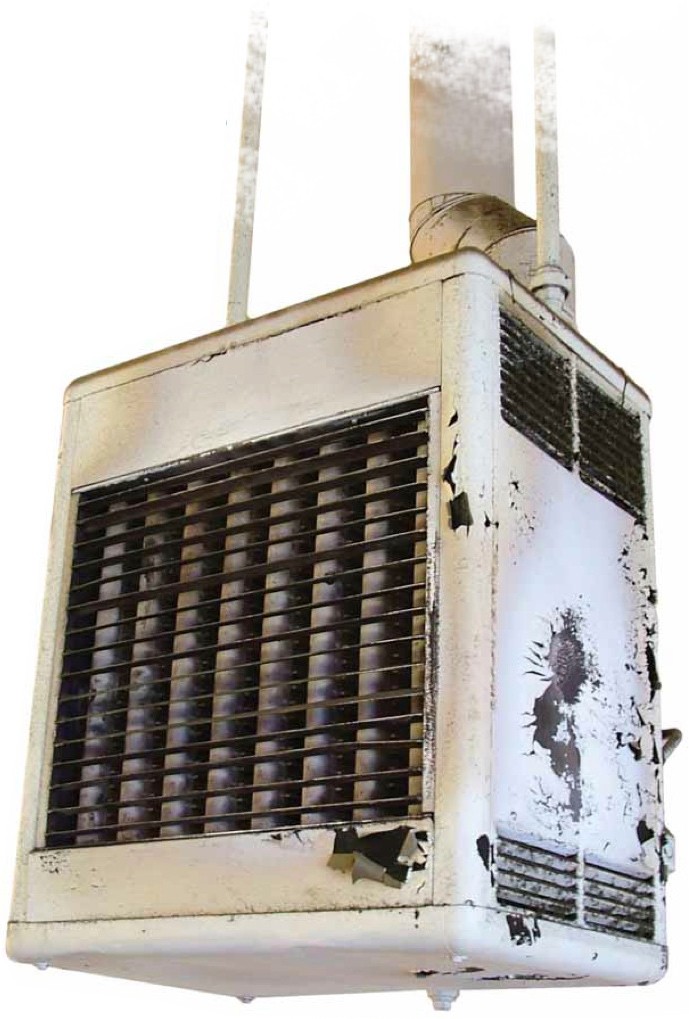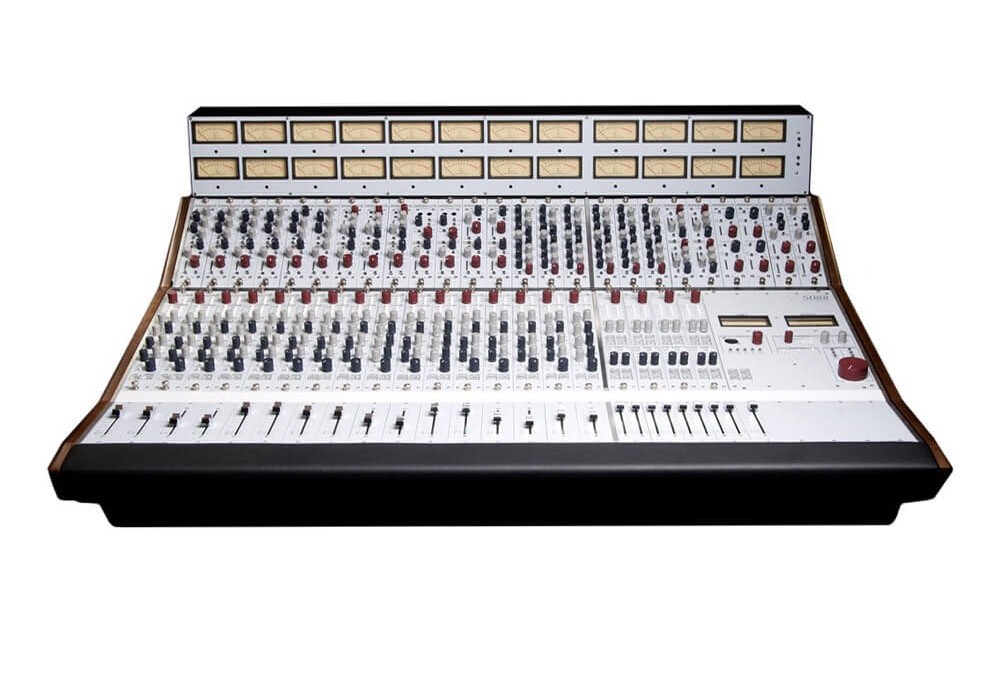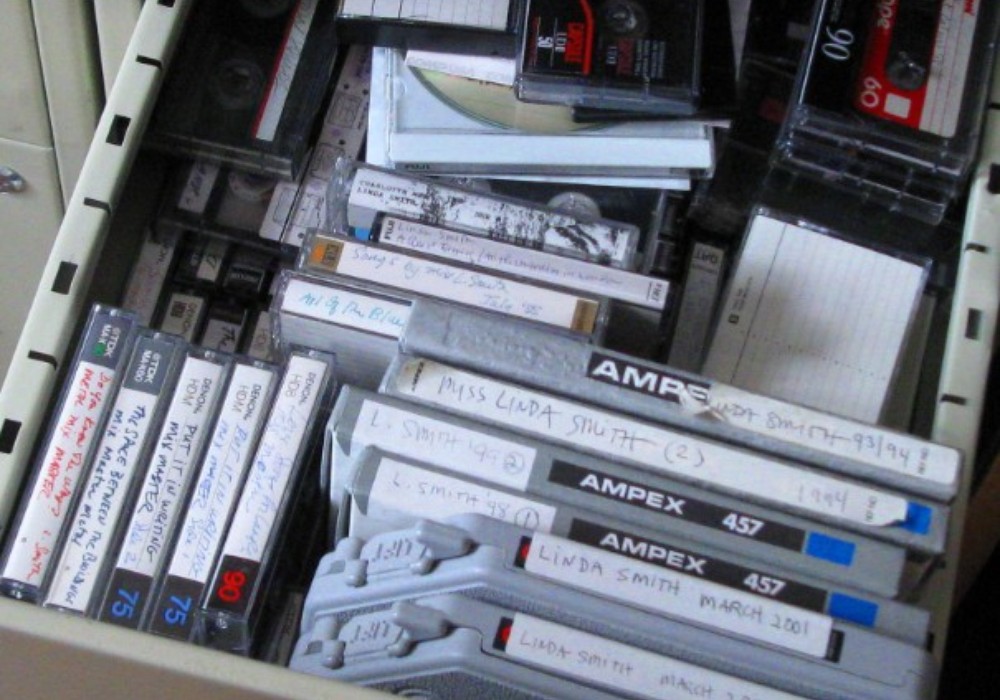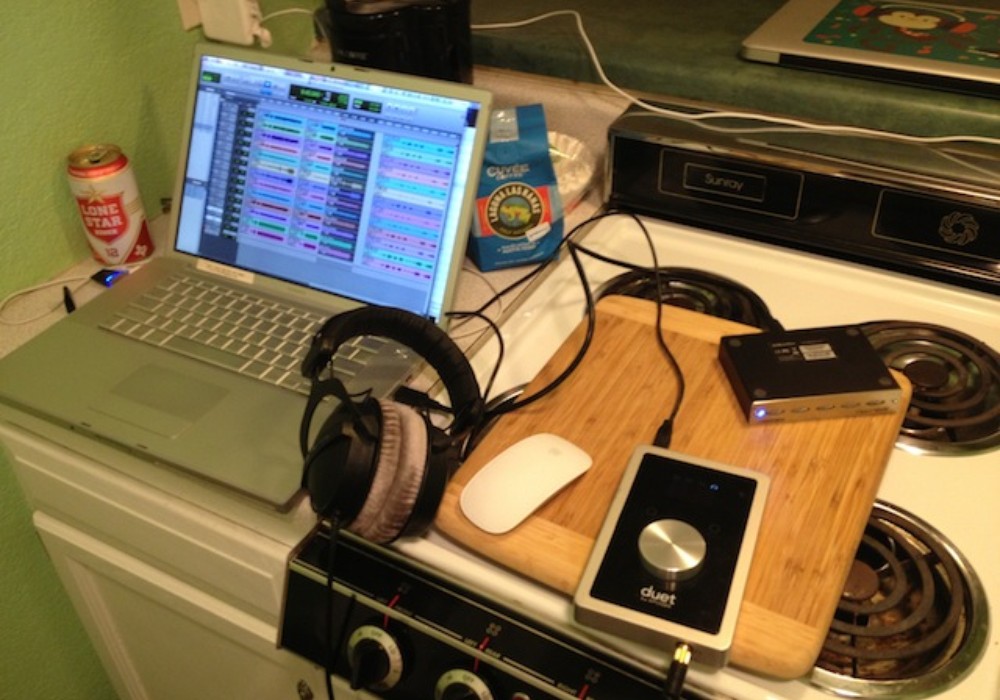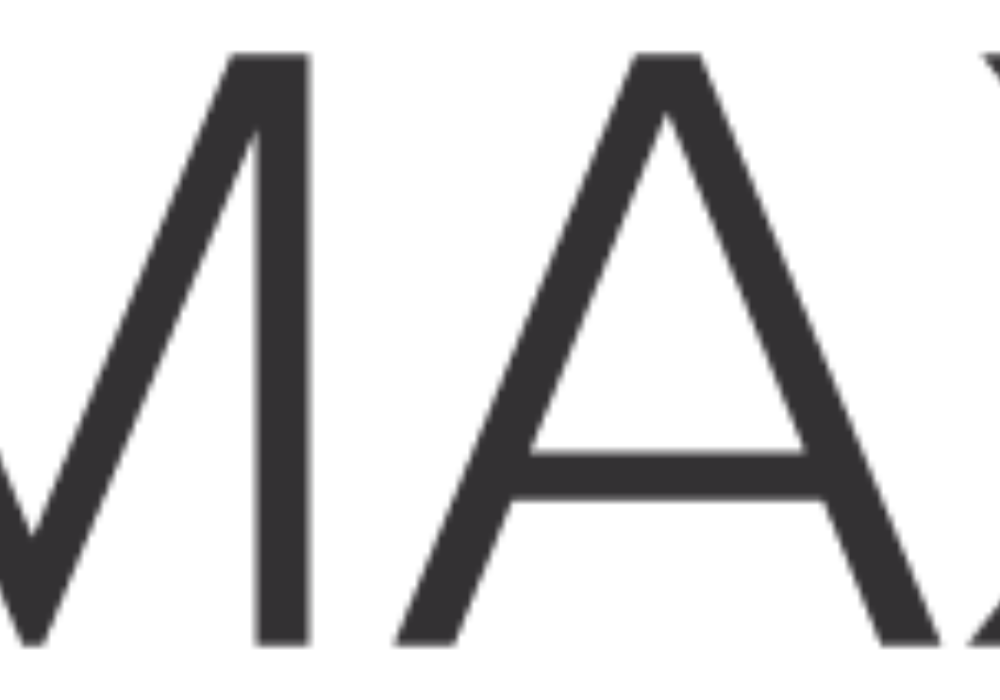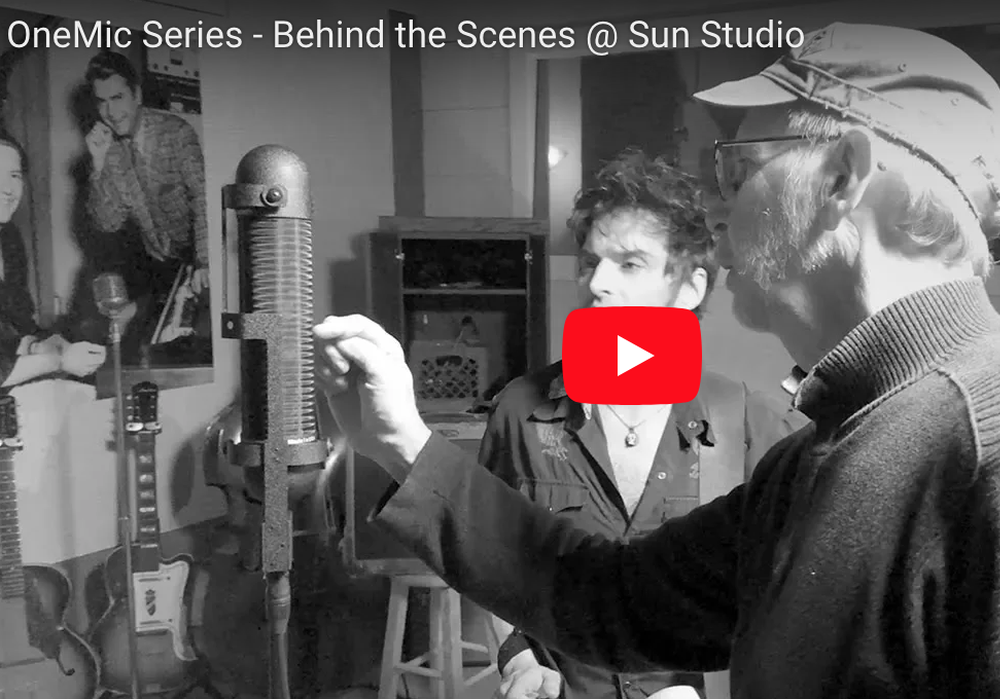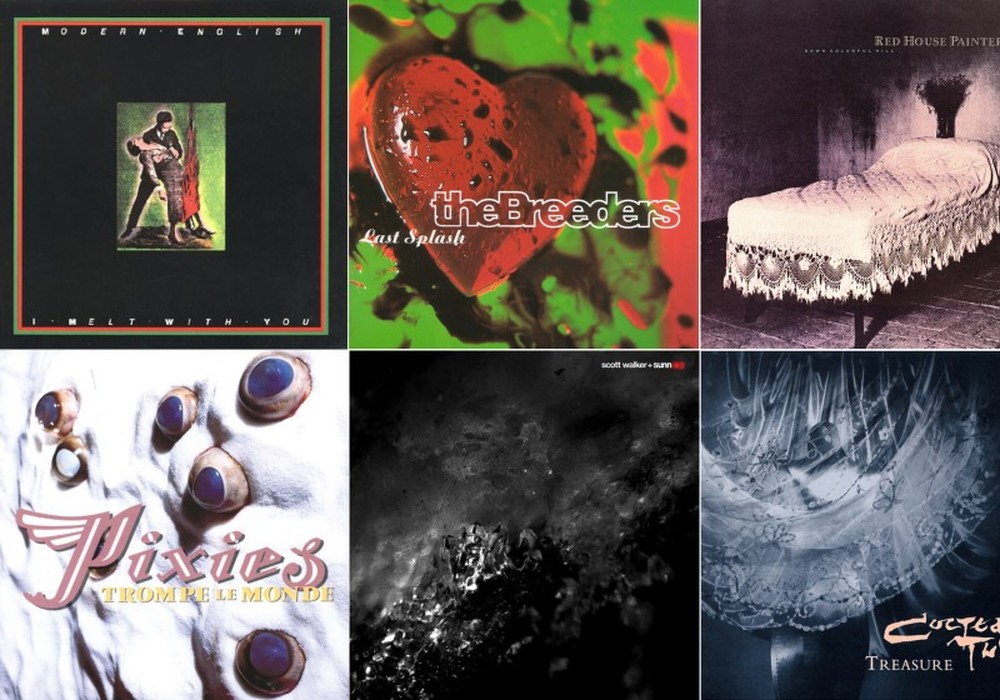After reading Larry's "Eliminate Variables" End Rant from last issue, I was compelled to write a response. Don't get me wrong, I agree completely with everything he said; so before you read any further, revisit the back page of issue #92.
I understand the need to keep a session on track, with surprises at a minimum, as he described; but I feel that part of the engineer/producer's role is to also recognize - and maybe even help create - mistakes when working in the studio. We need this now more than ever, with tools like computer editing, pitch correction, and plug-in presets making it all too easy for recordings to be just a bit too perfect, a bit too sterile.
So, like Larry's tips for eliminating variables, here are few thoughts on putting some chaos back into a session:
-
Try at least one piece of gear you've never used before on each new session or, if that's not feasible, implement an older piece of gear in a unique way. Maybe place a mic over the drums that you haven't utilized there before. Use the compressor you always put on bass and try it on the piano. Record guitar with the weird $37 mic you bought on eBay. These tricks can help change up a session while keeping everyone involved, excited, and creative. Just keep in mind that a little bit goes a long way; it's probably best to stick with what you know on the lead vocal.
-
Use a different instrument for a part than the one you initially planned on. Play your electric bass lines on a synth. Transpose a guitar part to mallet instruments, or a string section. You can always use samples to test it out and see if it works before going to the trouble of finding the proper musicians or instruments. Having extra instruments around the studio can really help with this. For example, I bought a cheap acoustic guitar for my studio and strung it up with a "Nashville tuning." It gets quite a bit of use, and really helps change the sound of a track it's used on.
-
Rather than moaning about how DAWs make tracks too perfect with over-ambitious editing, embrace the fact that they also let you keep mistakes in alternate playlists instead of erasing an otherwise brilliant performance (the way we used to on tape). Rather than waste time discussing a take you're not sure of, keep it and do another; then edit in (or out) the brilliant (or terrible) mistake.
-
Be alert to new sounds asking to be in the mix. Once I was mixing a track that someone else had recorded at my studio, and our fairly loud gas heater had been left on during some, but not all, of the lead vocal track. It was just loud enough, and frustratingly intermittent, during the first part of the song. I was stumped on how to deal with it. I also felt the track lacked a bit of a build going into the same section. I ended up making a loop of the heater noise and turning it up even more than it had been in the track. Then, as the second verse developed, I ramped up the volume until it was quite loud in the mix and then abruptly muted it out at a key moment. The sudden lack of noise focused your ears on what was left: a section of the vocal track that didn't have any of the heater noise.
You get the point; but if you still want a few more ideas, I'll steer you towards some folks who gave this subject a fair bit of thought: Peter Schmidt and Brian Eno [Tape Op #85] came up with a brilliant set of "suggestions" for the recording studio, and presented them as a set of cards known as Oblique Strategies. (Curiously, it's subtitled Over One Hundred Worthwhile Dilemmas.) You can easily find these aphorisms online or in apps for your phone, pad or tricorder devices.
Now have fun messing everything up for the better.


